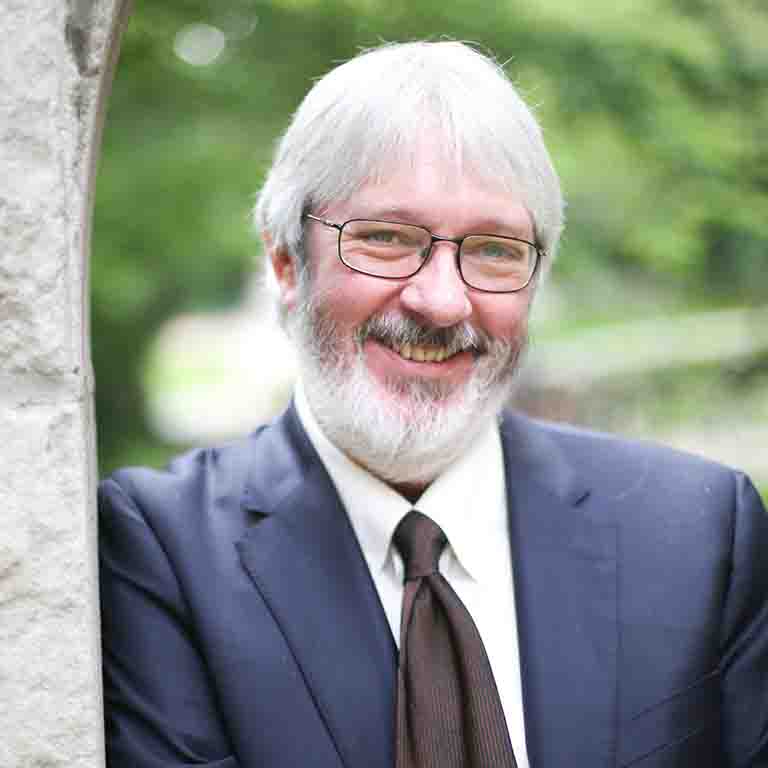- Postdoctoral Position, University of Michigan
- Ph.D., University of California, Berkeley, 1984
- B.A., University of Arizona, 1979

James A. Musser
Emeritus Professor, Physics

Emeritus Professor, Physics
high energy astrophysics and neutrino physics
Jim served as chair of the IU Bloomington Department of Physics from 2000 to 2007 and as director of the Indiana University Cyclotron Facility from 2007 to 2010.
His research includes work in both experimental neutrino physics and particle astrophysics. The experimental neutrino physics program currently involves studies carried out using the NOvA long-baseline neutrino oscillation detector at Fermi National Accelerator Laboratory.
These measurements are designed to address many of the central questions in neutrino physics, including determining whether neutrinos violate CP symmetry. This question touches on one of the fundamentally mysterious properties of the universe—namely, the preponderance of matter over antimatter.
Jim’s particle astrophysics program involves measurements of the abundance of cosmic ray radioactive isotopes, which can be used to establish the characteristic timescale for the confinement of cosmic rays in the galaxy.
MINOS is an experiment based at Fermilab which is designed to search for oscillations between neutrino species. Recent results from a number of recent experiments have suggested that muon neutrinos are mixing (oscillating) with a second neutrinos species, most probably with the tau neutrino. Mixing between neutrino species is possible only if neutrinos are massive, contrary to present assumptions. MINOS promises to provide an exceptionally important result in one of the most exciting and active areas of particle physics research at this time.
NOVA is a planned experiment at Fermilab that uses the same neutrino beam employed by MINOS, with a new far detector that is optimized to observe the sub-dominant oscillations that are the key to understanding CP violation in the lepton sector.
CREST promises to provide the first measurements of the cosmic electron flux at energies greater then 10 TeV. Jim is the spokesman for this multi-institutional project (which involves U. Michigan, U. Chicago, Penn State University, and Northern Kentucky University).